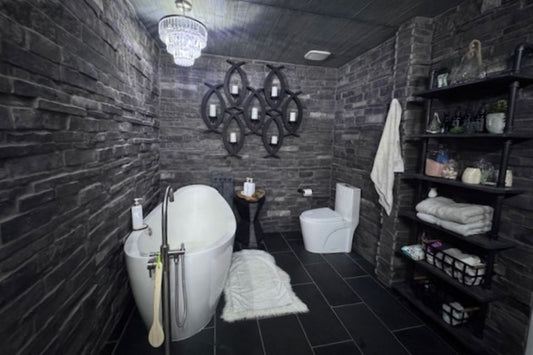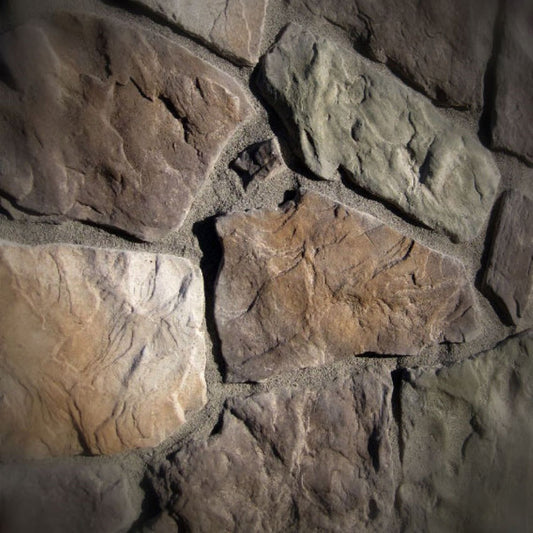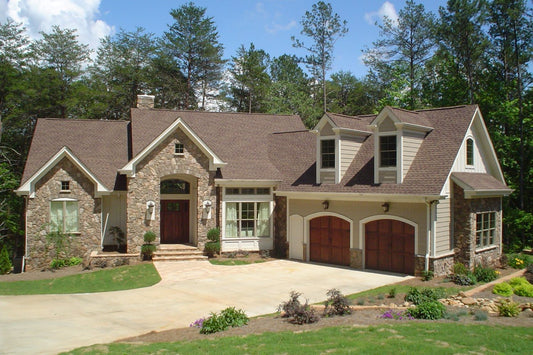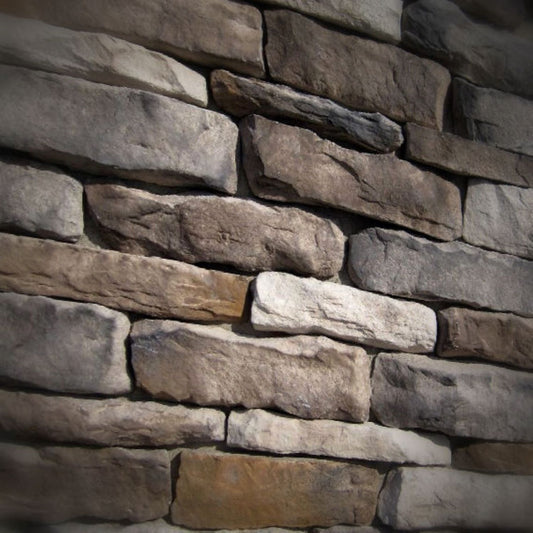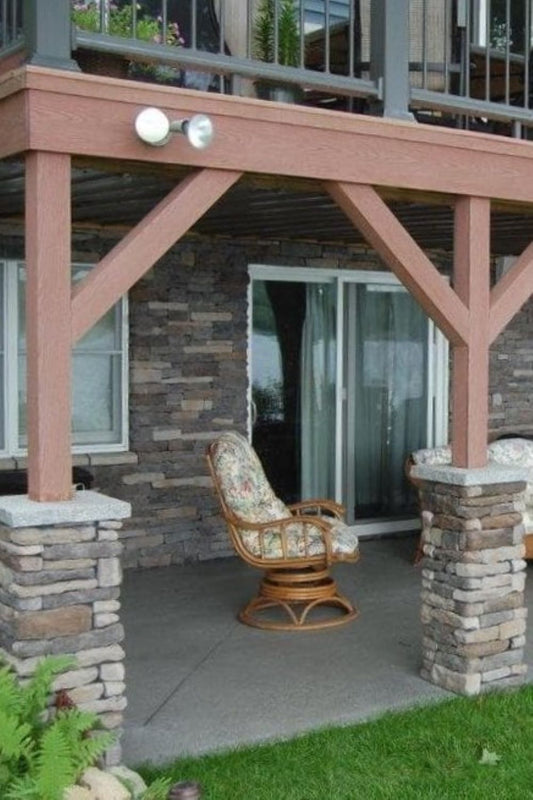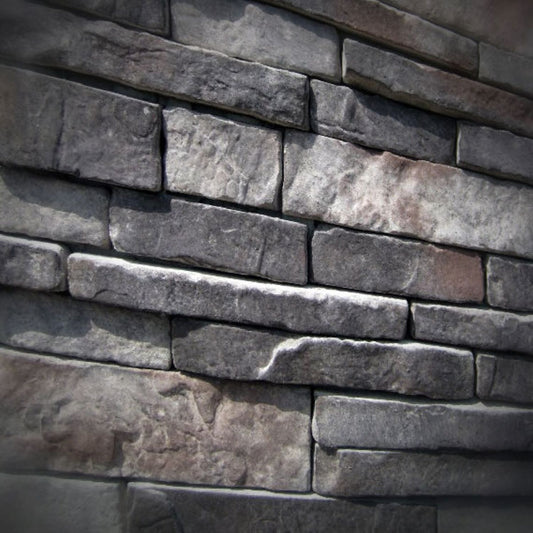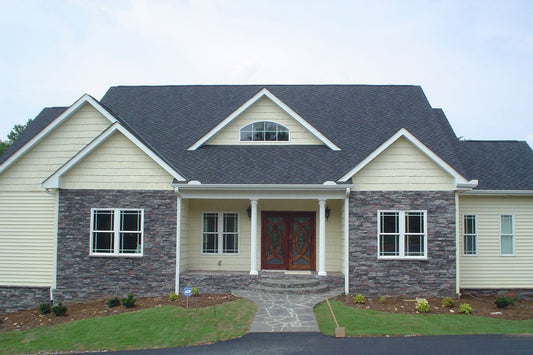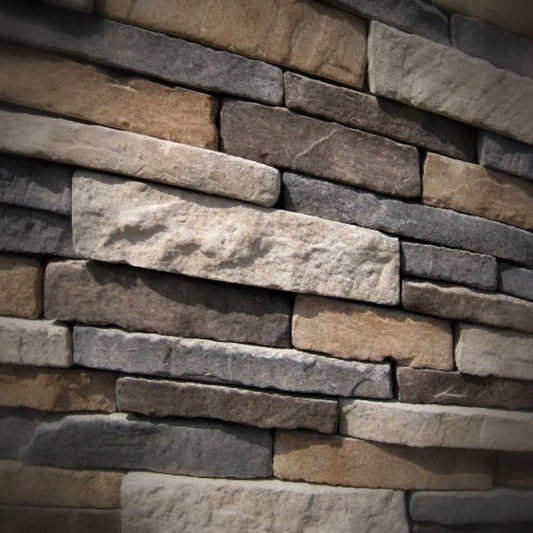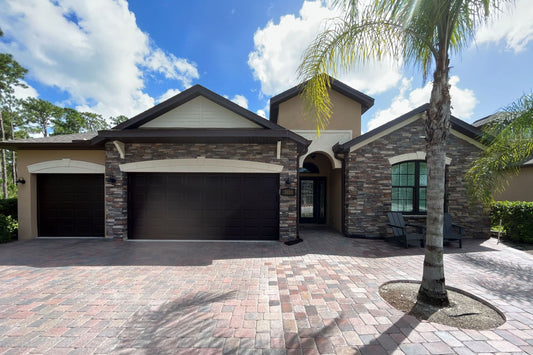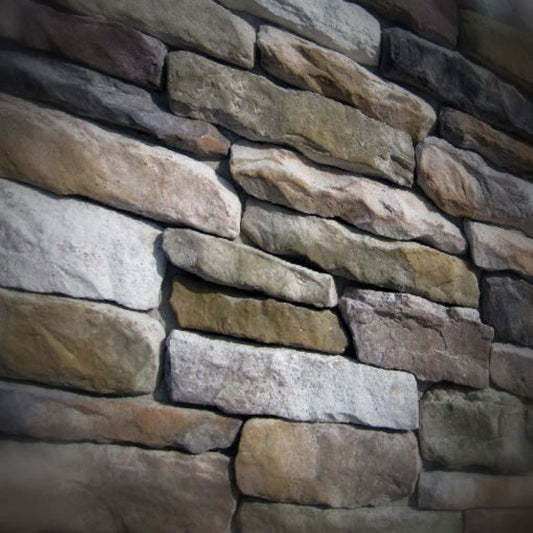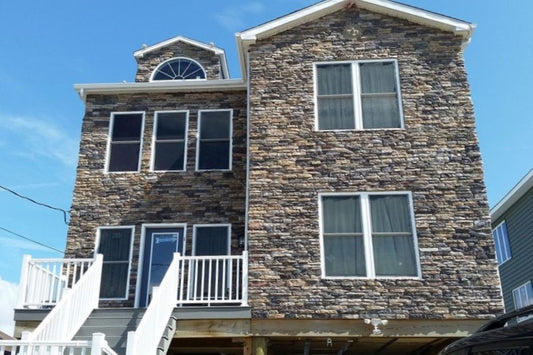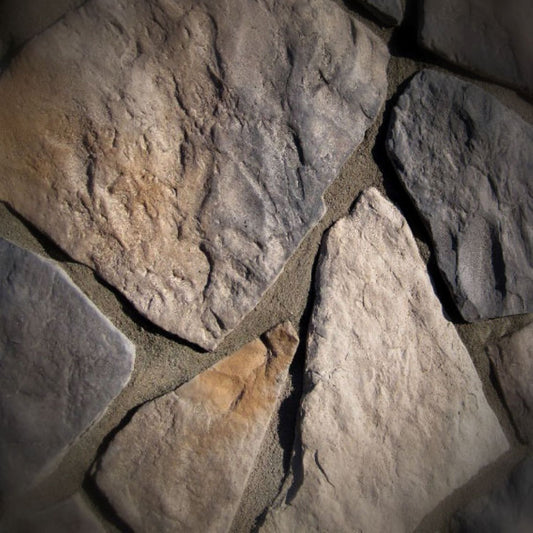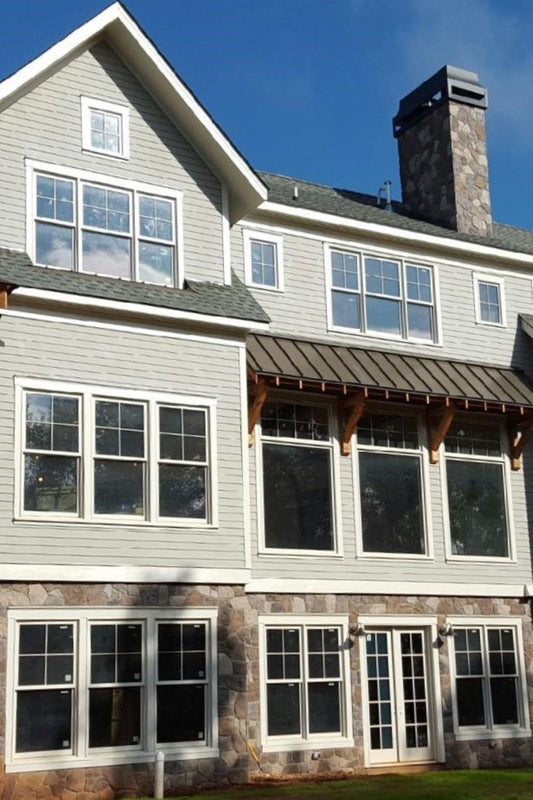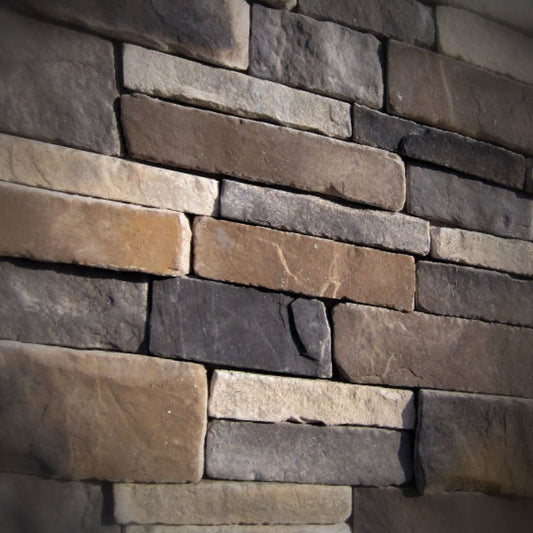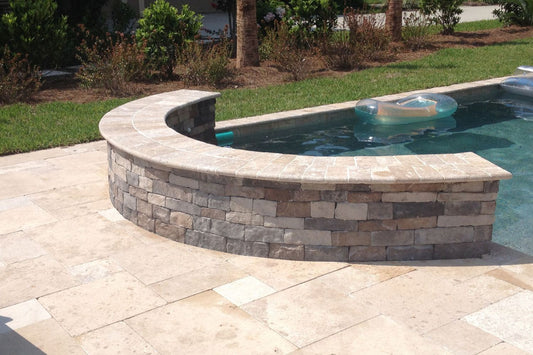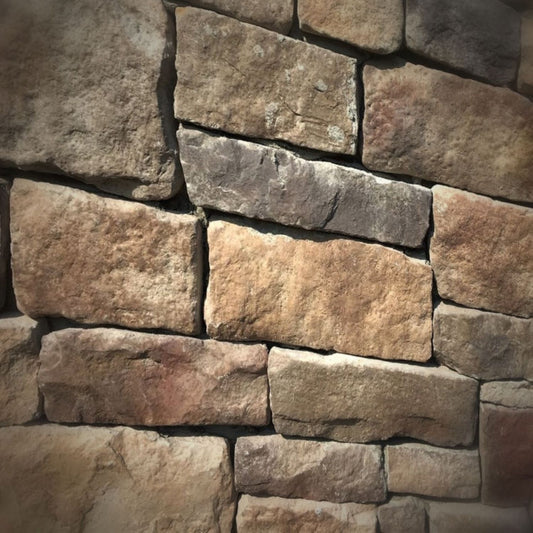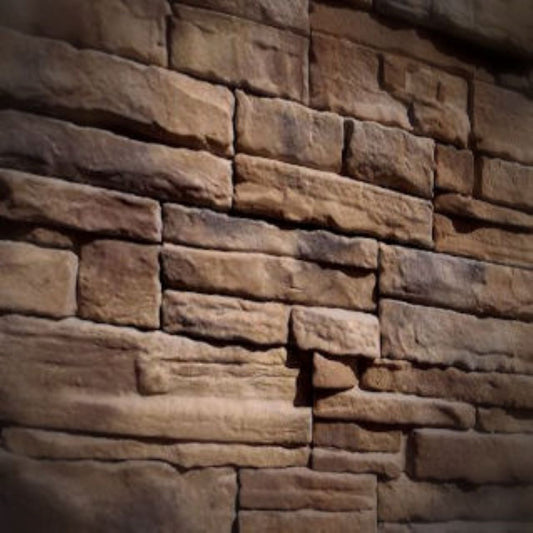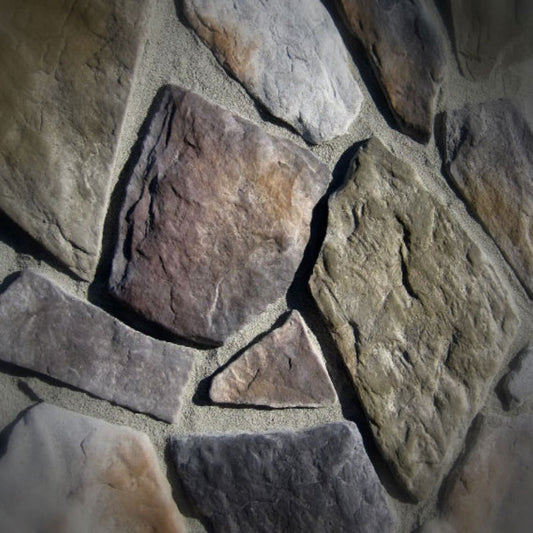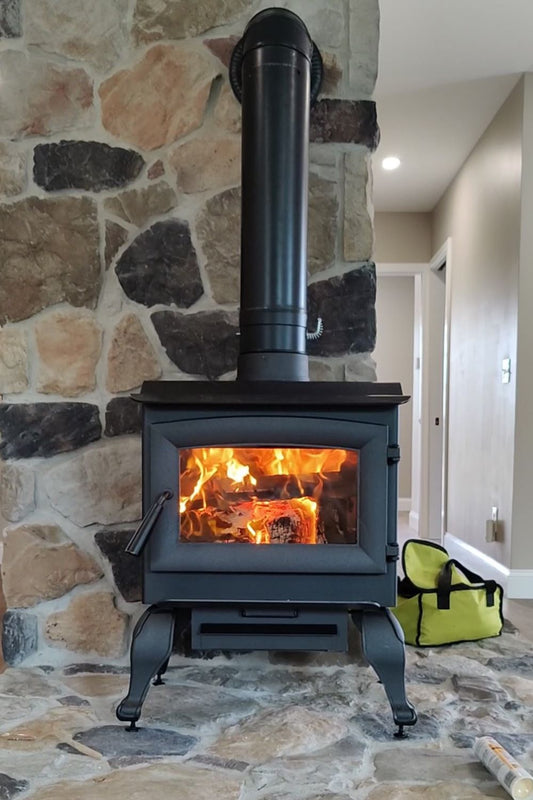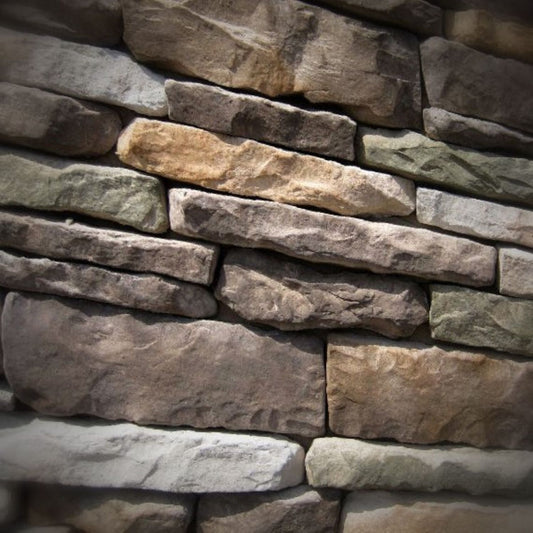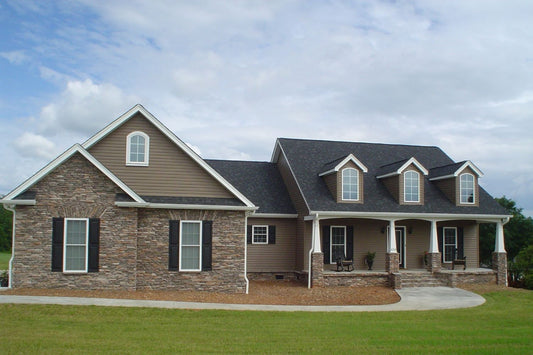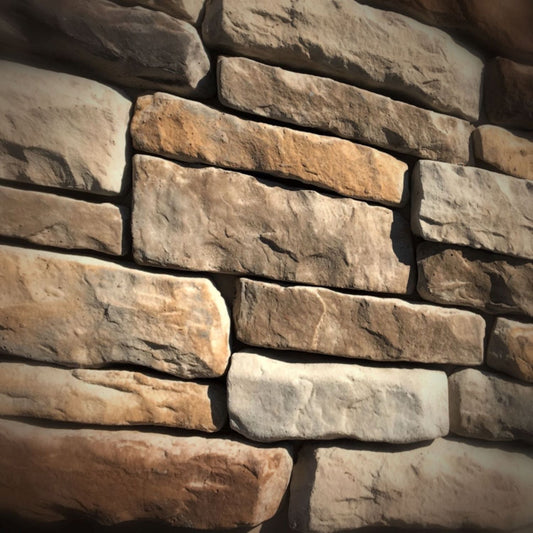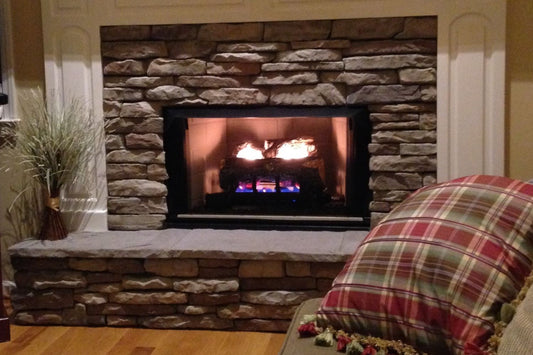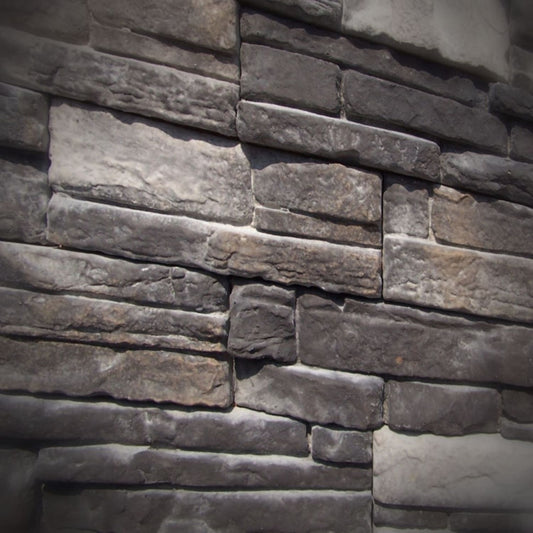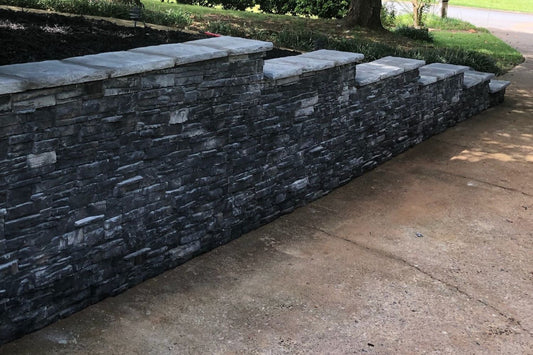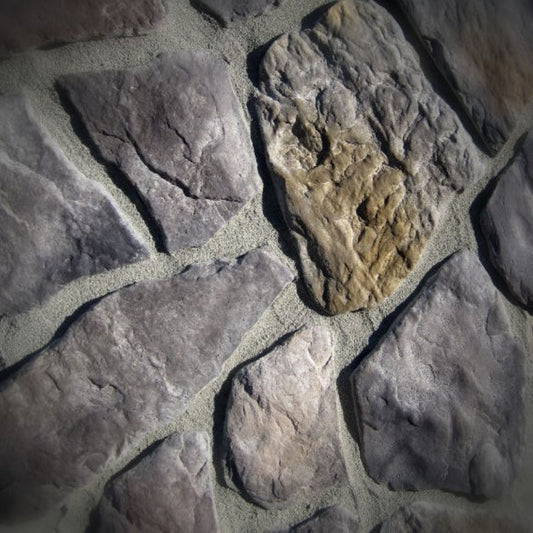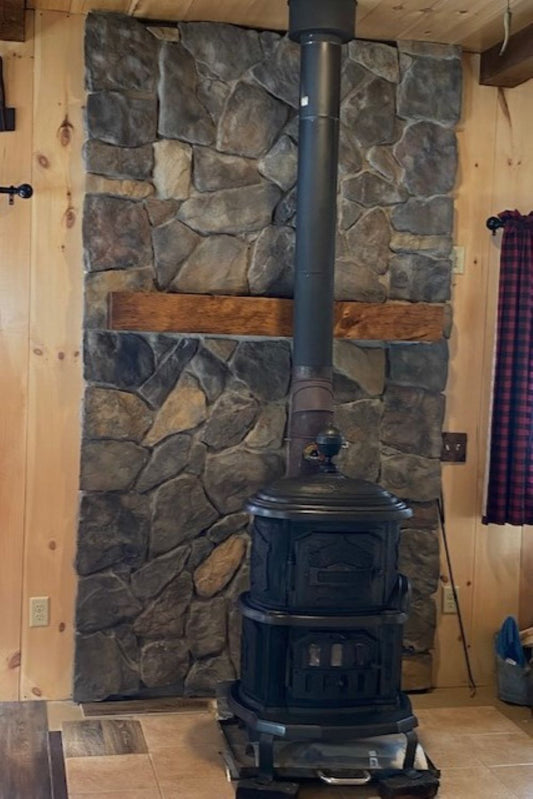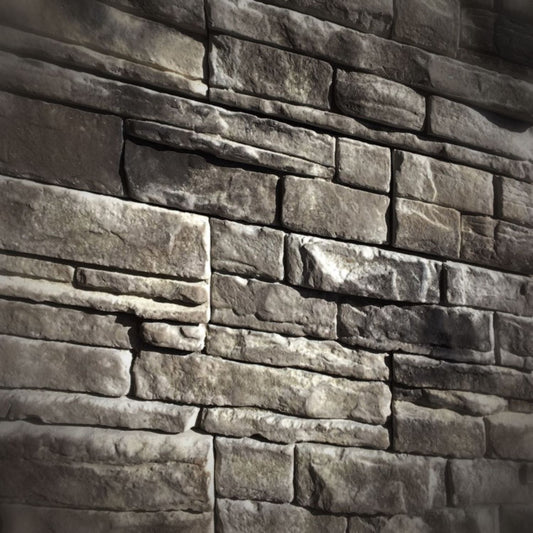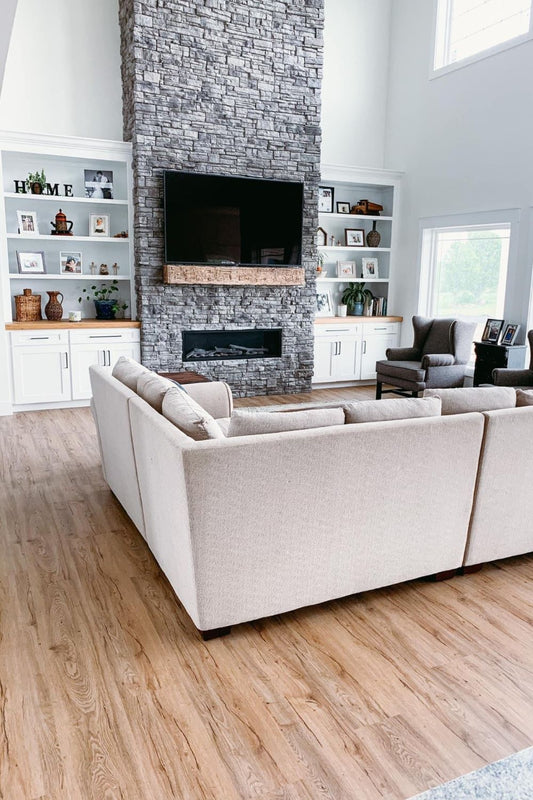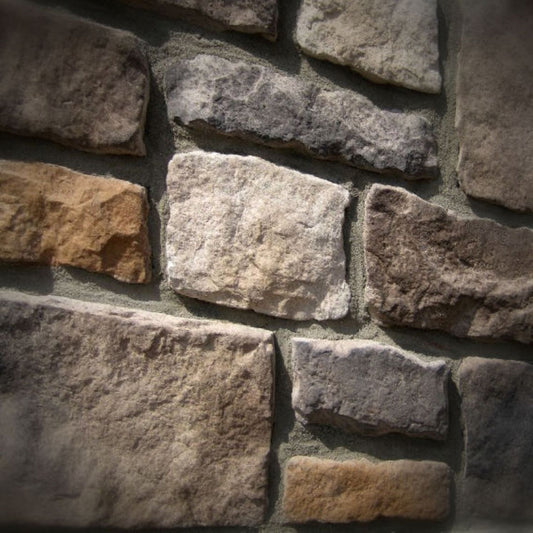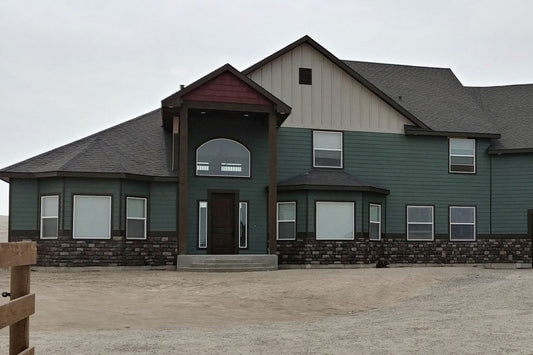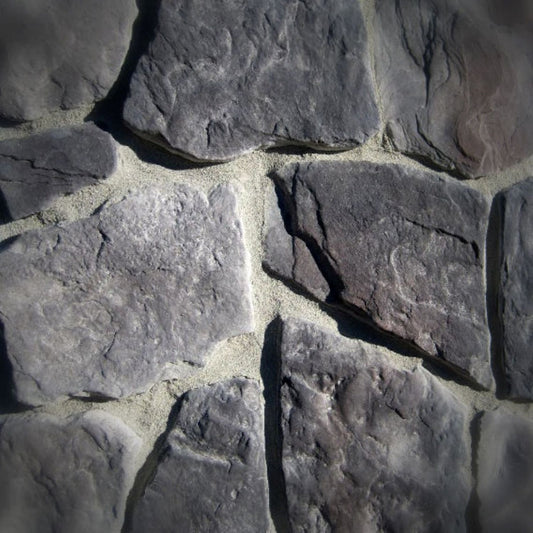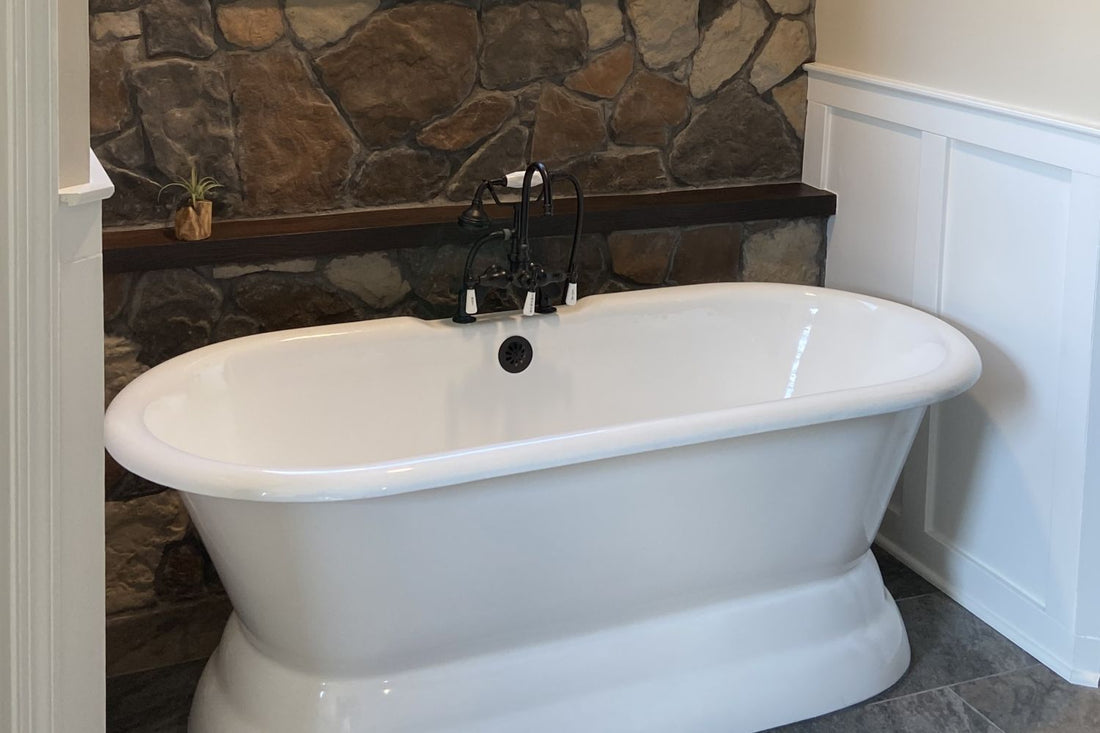
Can Stone Veneer Be Used in Bathrooms & Showers?
Share
When it comes to bathroom design, homeowners and designers are increasingly turning to stone veneer to create a luxurious, spa-like atmosphere. This versatile material offers the look of natural stone without the weight or cost, making it an excellent choice for bathrooms and even showers when installed correctly.
Why choose manufactured stone veneer for bathrooms?
Bathrooms require materials that are both moisture-resistant and aesthetically pleasing. Manufactured stone veneer fits the bill with the following benefits:
1. Lightweight and easy to install: unlike natural stone, manufactured stone veneer is significantly lighter, making it easier to install on interior walls without requiring extra structural support.
2. Luxurious, natural aesthetic: whether you prefer a modern, sleek look or a rustic, natural feel, stone veneer comes in various colors and textures to match your style. It creates a high-end look reminiscent of spa retreats and luxury hotels.
3. Durability and longevity: when properly sealed and installed, stone veneer can withstand the humid conditions of a bathroom, providing a durable, long-lasting design solution.
4. Cost-effective alternative to natural stone: you get the beauty of real stone without the hefty price tag. Stone veneer is a budget-friendly way to achieve a high-end look without compromising on style.
Using stone veneer in bathrooms
Before adding stone veneer to your bathroom, there are a few key considerations:
1. Humidity control: bathrooms experience high levels of humidity, so proper ventilation and moisture control are essential. Using exhaust fans and ensuring good air circulation will help prevent moisture-related issues.
2. Installation surface: stone veneer should be installed over a stable, moisture-resistant backing, such as cement board or a waterproofed drywall surface. Avoid installing directly over standard drywall, as it can deteriorate when exposed to moisture.
3. Periodic maintenance: regularly inspect for any signs of water damage, mold, or cracks in the grout or mortar joints. Reseal the stone periodically to maintain its water resistance.
4. Avoiding constant water exposure: while stone veneer can be used in bathrooms, it is not ideal for areas with direct and constant water exposure, such as inside shower stalls or around tubs without proper sealing and waterproofing.
Using stone veneer in showers
While stone veneer works well in bathrooms, special care is required if you're considering using it in a shower area:
1. Waterproofing is key: a high-quality waterproofing membrane should be applied behind the stone to prevent water infiltration.
2. Sealing for protection: use a high-quality sealer to protect against water penetration, mold, and mildew. Reapply the sealer periodically to maintain its effectiveness.
3. Proper drainage matters: ensure that your shower has proper ventilation and drainage to prevent excess moisture buildup, which can affect the longevity of the stone veneer.
4. Grout and mortars: use water-resistant grout and mortars specifically designed for wet environments to prevent degradation over time.
Stone veneer is not waterproof
One of the most important things to understand about stone veneer is that it is not waterproof on its own. While it may appear solid and durable, the material is porous and can absorb water if not properly protected. Here’s what you need to know:
1. Porous material: stone veneer is made from a mix of cement, aggregates, and iron oxides for color, meaning it can absorb water just like natural stone or concrete.
2. Not a water barrier: unlike ceramic tiles or glass, stone veneer does not create a waterproof surface. This means that if water gets behind the stone, it can lead to moisture buildup, mold, or structural damage.
3. Requires proper installation: to prevent water infiltration, a waterproofing system (such as a moisture barrier) must be installed behind the veneer, especially in bathrooms and showers.
The importance of sealing stone veneer in bathrooms
Because stone veneer is not waterproof, applying a high-quality sealer is essential for protecting it from moisture damage. Here’s why sealing is crucial:
1. Prevents water absorption: sealing creates a protective barrier that prevents moisture from being absorbed into the stone, reducing the risk of mold, mildew, and water stains.
2. Increases longevity: a properly sealed veneer surface is more resistant to wear, ensuring your bathroom walls maintain their appearance and durability for years to come.
3. Reduces efflorescence: without sealing, minerals in the stone can leach out over time, creating a white, powdery residue (efflorescence). Sealing helps prevent this from occurring.
How to properly seal stone veneer in a bathroom or shower
Sealed stone veneer is easier to clean and maintain, as dirt, soap scum, and grime won’t penetrate the surface as easily. Here's how to properly seal stone veneer:
1. Choose the right sealer: use a breathable, penetrating sealer designed for stone veneer. Avoid film-forming sealers that trap moisture, as this can cause damage over time.
2. Apply before and after grouting: apply the first coat of sealer before grouting to protect the stone from grout staining, and a second coat after installation for maximum protection.
3. Reapply periodically: sealers wear off over time, especially in high-humidity areas. Reapply every 1–2 years to maintain protection.
4. Ensure proper drying time: allow the sealer to dry completely before exposing the stone to water, following the manufacturer’s recommended drying time.
Popular bathroom applications for stone veneer
Here are some creative ways to incorporate stone veneer in your bathroom:
1. Feature walls: create a stunning accent wall behind a freestanding tub or vanity.
2. Shower enclosures (with caution): if installed with proper waterproofing and sealing, stone veneer can add a natural touch to your shower walls.
3. Vanity backsplash: add texture and depth to your bathroom vanity with a stone veneer backsplash.
4. Around a fireplace: if your bathroom has a fireplace, stone veneer is a great way to enhance its warmth and visual appeal.
Can stone veneer be used in bathrooms & showers?
Stone veneer is a stylish, cost-effective way to bring natural beauty into your bathroom. However, it is not waterproof and requires proper installation techniques, including waterproof barriers and sealants, to protect against moisture damage. Regular sealing ensures long-term durability and makes maintenance easier.
What's next?
Bring your vision to life with our premium stone veneer! Shop now to find the perfect style or order a sample to experience the texture and colors up close. Get started today!
Have a question?
Please see our full terms of service.
For general information and questions please call: (864) 882-8960 Mon. - Fri. 8am - 5pm (EST) or email: info@mountainviewstone.net we are more than happy to help you.
Or you can submit your questions via our contact us page.
We look forward to working with you on your upcoming project.
The Black Bear Mountain Stone Team


